Sometimes we use them- sometimes we don't.
I hear the questions every day. "Are essential oils safe to use on my skin?", "I read that essential oils are skin irritants- why do you use them in so many products?", "Why don't you use essential oils in your Radiance line- are they bad?", "Aren't they supposed to be healing?"... on and on. The truth is, essential oils are intensely powerful plant extracts and each one is unique, containing a blend of dozens of chemicals created by that plant. Many of these chemicals are beneficial and some are irritating, even toxic - just like the plants they come from.
As we create each product formulation, we carefully choose only ingredients that will have the effect we want on the skin and sometimes an essential oil will have that exact effect. For example, Roman chamomile essential oil is a powerful anti inflammatory, calming and soothing both the skin and nervous system. We're careful to select only oils that have a long history of safe use. Let's dive a little deeper into these potent plant extracts!
What are Essential Oils?
When we think of oils, our minds often go to the kitchen- coconut oil, olive oil, avocado oil. Animal and vegetable oils are a blend of triglycerides- three fatty acids held together by a molecule of glycerol, and they can be saturated or unsaturated. Oils made mostly of unsaturated fats are liquids at room temperature (like olive oil), and oils made mostly of saturated fats are solids (more commonly referred to simply as fats, like cocoa butter).
So what about essential oils? The name is a bit misleading, since they aren’t oils in the classic sense, and aren’t essential in the same way essential amino acids are. They are hydrophobic (don't mix with water), but unlike animal and vegetable oils, are not made of fatty acids. Their composition instead depends heavily on what plant it originated from. The “essential” in their name refers to the fact that the oil contains the essence of a plant, its fragrance.
How do we get essential oils?
Essential oils are usually extracted via steam distillation of fresh or dried plants, but can also be cold-pressed (like citrus peels), or extracted with CO2 and other solvents. Different methods of obtaining oil can produce oils with different chemical makeups, benefits, and aromas.
Chemicals in Essentials that commonly cause skin irritation
Essential oils are a complex blend of chemicals. For example, lavender essential oil contains about 450 different chemicals including linalool, linalyl acetate, 1,8-cineole, β-ocimene, terpinen-4-ol, and camphor. The chemicals thought to be most allergenic include linalool and linayl acetate
Lavender is one of the most commonly used essential oils in skin care and rarely causes sensitivity or allergic reactions. However, our skin is more vulnerable when the acid mantle (our protective skin barrier) is broken down and can be more prone to reactions to all sorts of things, even essential oils that are commonly used to calm skin irritation.
Sensitization vs Allergic Reaction
Sensitization is actually a form of allergic reaction to a substance when it comes in contact with the skin. That reaction can be either immediate or delayed by up to several days.
Immediate allergic reactions occur immediately with the first dermal contact and presents with mild to severe symptoms that can include redness, rash, swelling, blotchiness, itching and even pain in either the place of application and/ or anywhere on the body where no constact was made.
Just like immediate reactions, delayed reactions can be localized at either the point of contact with the substance or anywhere on the body, which as you can imagine, can be very confusing when we're trying to pinpoint what's causing the reaction.
The problem with dermal sensitization is that once it occurs in a person, it may or may not cause a permanent sensitivity for many years or even a lifetime. That person may never be able to have contact with that particular essential oil or oils in that plant family again without it causing a reaction.
Skin barrier breakdown can increase skin sensitivity
When the acid mantle is broken down, the skin lacks its normal protective barrier and is more sensitive to everything it comes in contact with. In our products, we only use essential oils that are commonly known to be "safe" for the skin and we formulate with less than 1% in each product, which is the generally recommended amount to avoid skin sensitization. We formulate with essential oils specifically for their proven benefits for the skin including soothing and calming effects. Even so, people can be sensitive to any chemical and especially more so when the skin is missing it's protective barrier.
In the last decade, essential oil sales and use have increased dramatically worldwide and with that in-home use by people untrained in skin safety, we've seen a dramatic increase in skin sensitivities to essential oils. An increase in stress and anxiety over the last couple years has also contributed to the breakdown of the skin barrier, as the body creates higher levels of cortisol. This combined with having to wear masks has led to even more skin sensitivity, breakouts and even perioral dermatitis (a red rash encircling the mouth).
Who should avoid using essential oils?
- If you have a known allergy
- Children (under 6) and the elderly should avoid wintergreen and birch essential oils because they contain salicylates (similar to aspirin)
- Avoid citrus oils before going into the sun because they are phototoxic and increase sun sensitivity
- Never use essential oils "neat" (always dilute!)
- Avoid applying essential oils to mucus membranes
- Use internally only under a doctor's supervision
- If you're pregnant, avoid taking them internally, though using a lotion or bath product that contains essential oils is generally safe. Avoid diffusing or using basil, clary sage, clove bud, hyssop, sweet fennel, juniper berry, marjoram, myrrh, rosemary, sage, thyme, and wintergreen essential oils. Florals that are usually found in skincare products, like lavender, rose, and chamomile, are okay to use. *Products like our Skin Doctor salve contain very small amounts of essential oils and are safe to use. In doubt? Consult your doctor.
Formulating without essential oils
We know that carefully choosing essential oils that are generally known as "safe" and beneficial and that formulating with the proper ratios of them can soothe and heal skin problems. However, we also know that many folks are allergic or sensitized to one or several essential oils, so we designed a new collection of essential oil free facial products. We call this our Radiance collection.
The Radiance Collection
Designed with sensitive skin and damaged skin barriers in mind, we formulated a new line of products using plant extracts that have a long history of soothing effects on the skin. We chose not to use any essential oils with the hope that these products will be safe and soothing for people who are experiencing essential oil sensitivities.
Here are some of the Key Ingredients in the Radiance Collection:
Apple Extract hydrates by reducing trans-epidermal moisture loss. Naturally occurring AHA (alpha hydroxy acids) gently exfoliate while vitamin C and other antioxidants brighten dark spots and reverse sun and environmental damage.
Chamomile Flower Hydrosol is made by steam distilling the fresh flowers. It comforts and moisturizes the skin. The natural antihistamine compounds in chamomile soothe and calm inflammatory skin conditions.
Pumpkin Seed Extract stimulates the synthesis of collagen and fibrillin, smooths the appearance of fine lines and wrinkles and improves skin vitality and tone.
Apple Fruit Hydrosol is made by steam distilling fresh organic apples. Retaining trace elements from fresh apples, it hydrates and nourishes the skin. The gentle astringent and toning properties in apple tighten pores and help prevent acne.
Horse Chestnut Extract is very soothing to the skin and contains compounds that strengthen capillaries, decreasing the appearance of spider and varicose veins and rosacea. Rich in antioxidants, it helps reverse skin aging caused by sun and environmental damage.
Oat Amino Acids is made from- you guessed it!- oats! Oats create a gentle, non-drying cleanser especially for sensitive skin. Oats restore moisture to dry skin, reduce irritaton and help create a protective barrier, known as the skin microbiome that guards against bad bacteria and UV rays. Oats contain flavonoids, which help to absorb damaging ultraviolet-A (UVA) rays. Flavonoids can even protect your skin from harsh pollutants and chemicals.
Swiss Apple Stem Cells
[ Malus Domestica ]
Skin Benefits: Claims with PhytoCellTec™ Malus Domestica:
• Protects longevity of skin stem cells
• Delays senescence of essential cells
• Combats chronological aging
• Preserves the youthful look and the vitality of your skin
The protection of human stem cells by PhytoCellTec™ Malus Domestica has been shown by various in-vitro experiments. Other studies demonstrated its agedelaying and anti-wrinkle effects. Thus PhytoCellTec™ Malus Domestica is a revolutionary anti-aging active ingredient based on a high-tech plant cell culture technology.
Source: Switzerland | GMO-free
Method of Extraction: A Revolutionary Technology to Protect Skin Stem Cells PhytoCellTec™ Malus Domestica (Apple Stem Cell Extract) is a liposomal preparation based on the stem cells of a rare Swiss apple.
Raw Pumpkin Puree is natural, unprocessed and undiluted fruit mash. It contains various natural enzymes that induce mild skin exfoliation. Its high content of natural vitamin A, beta carotene and vitamin C nourish and brighten the skin.
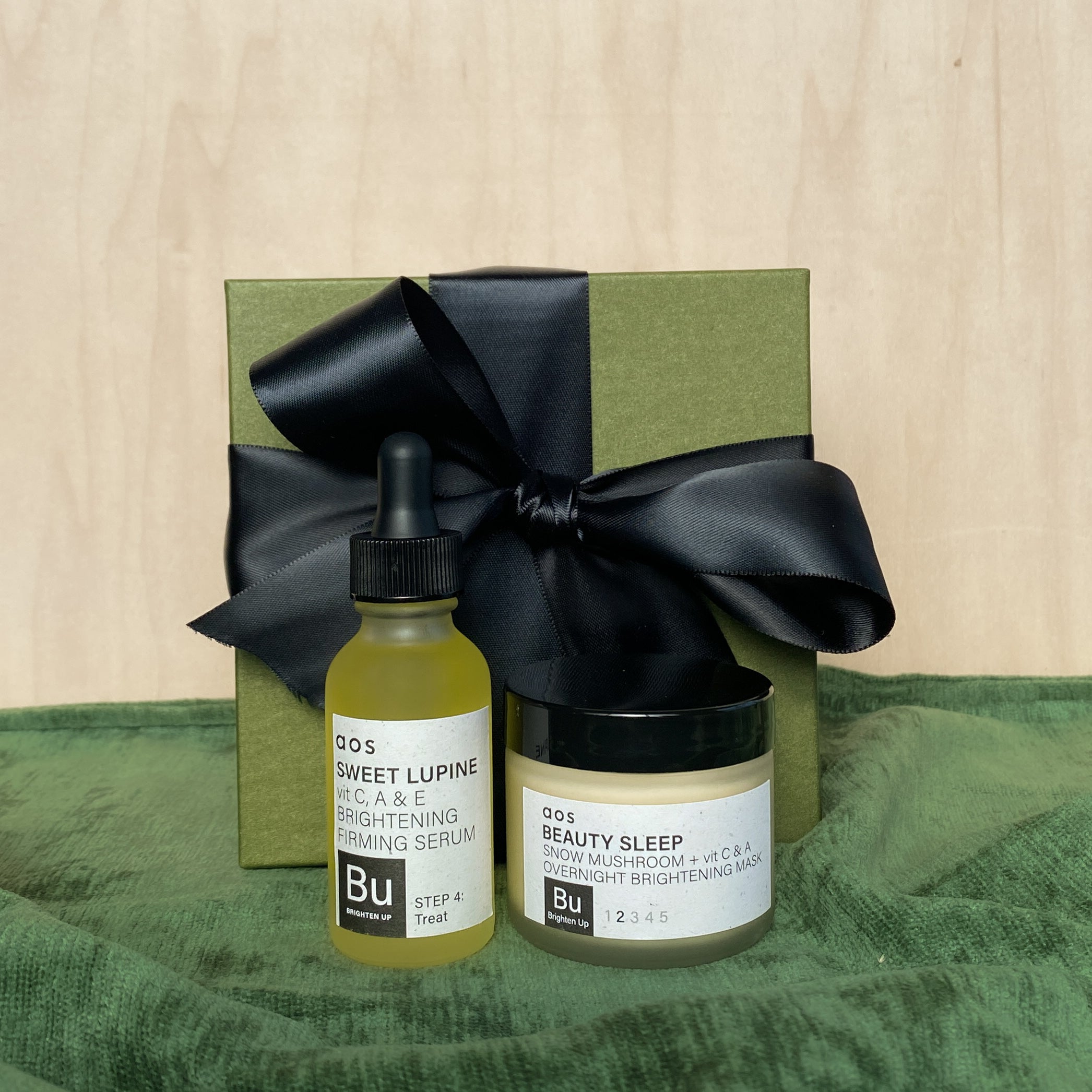
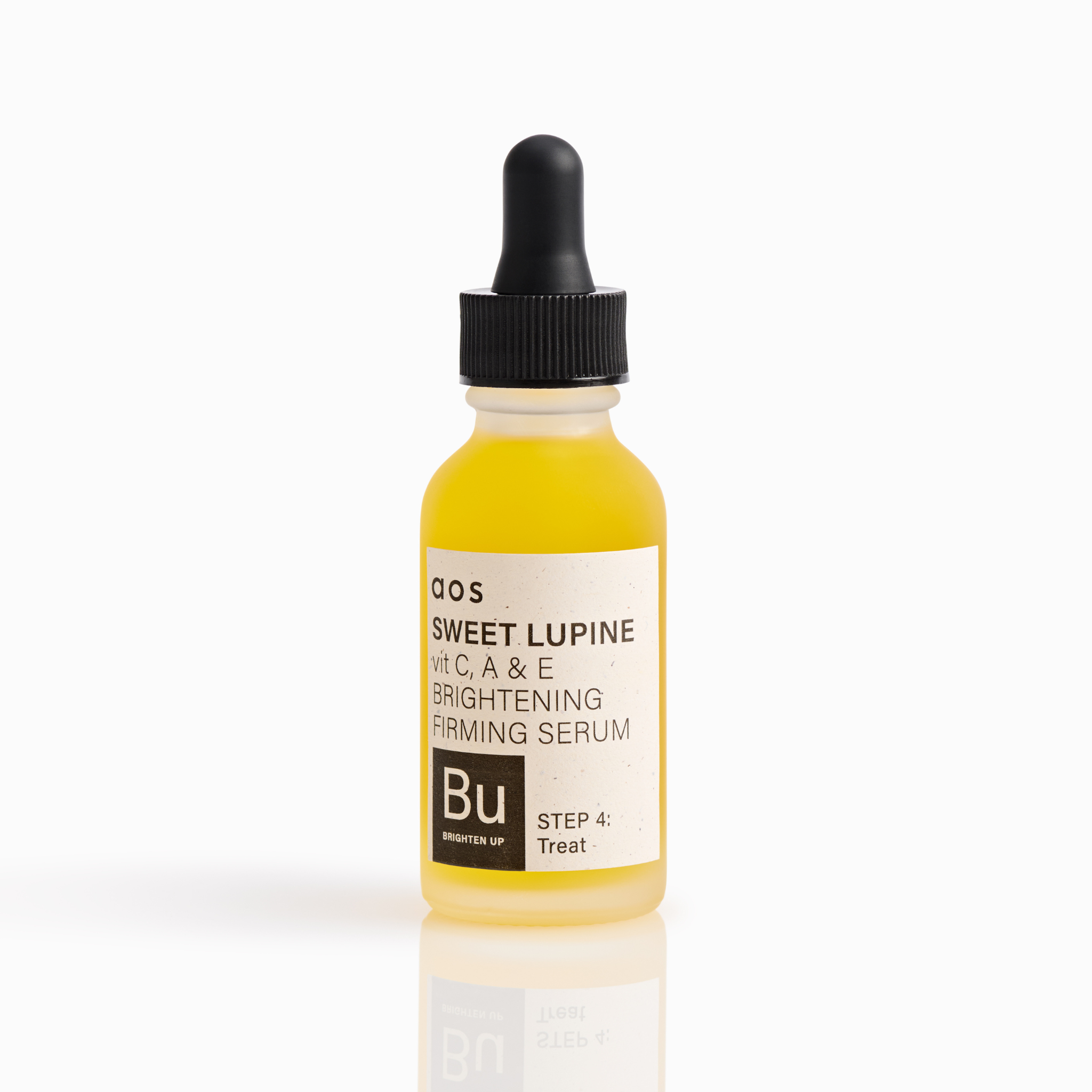

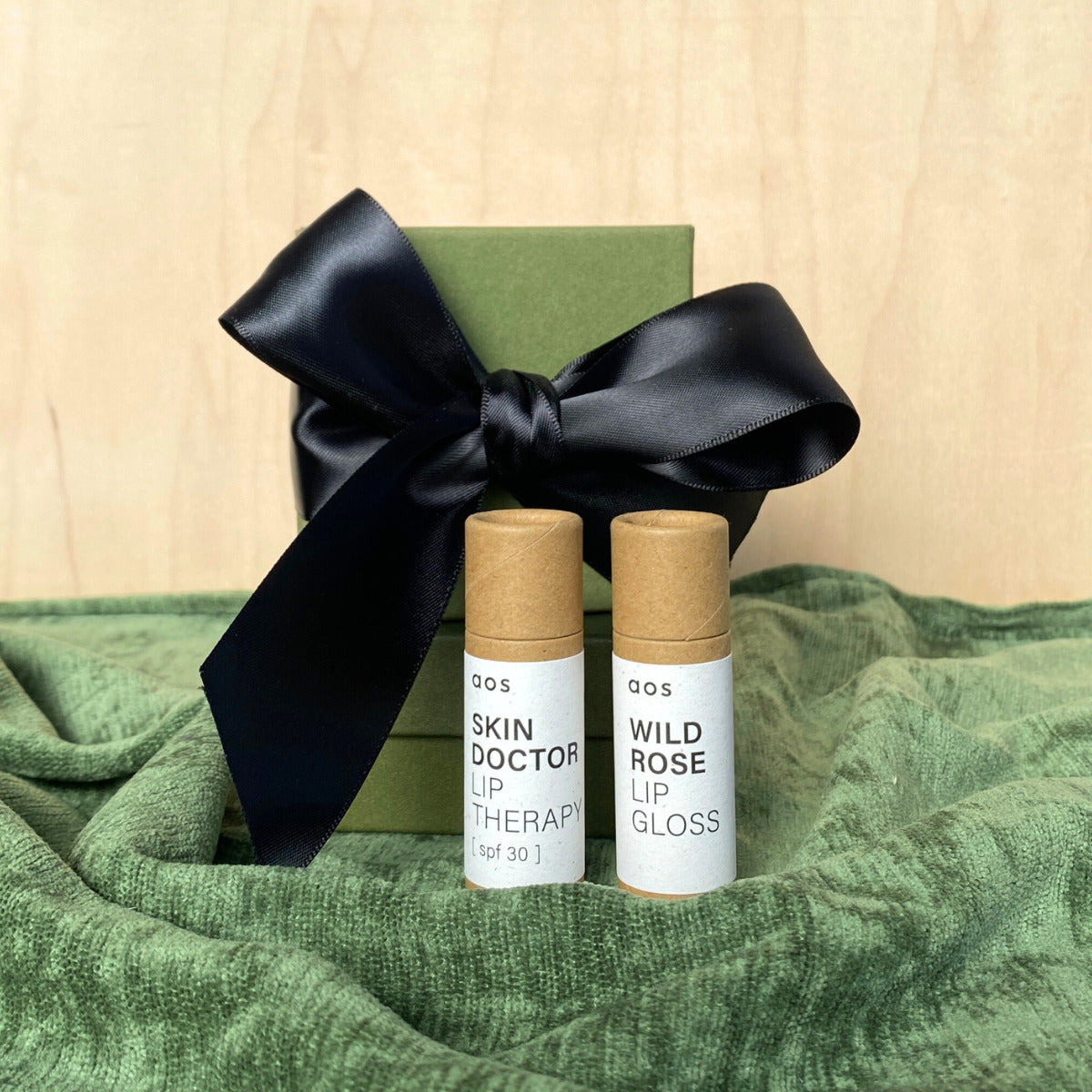

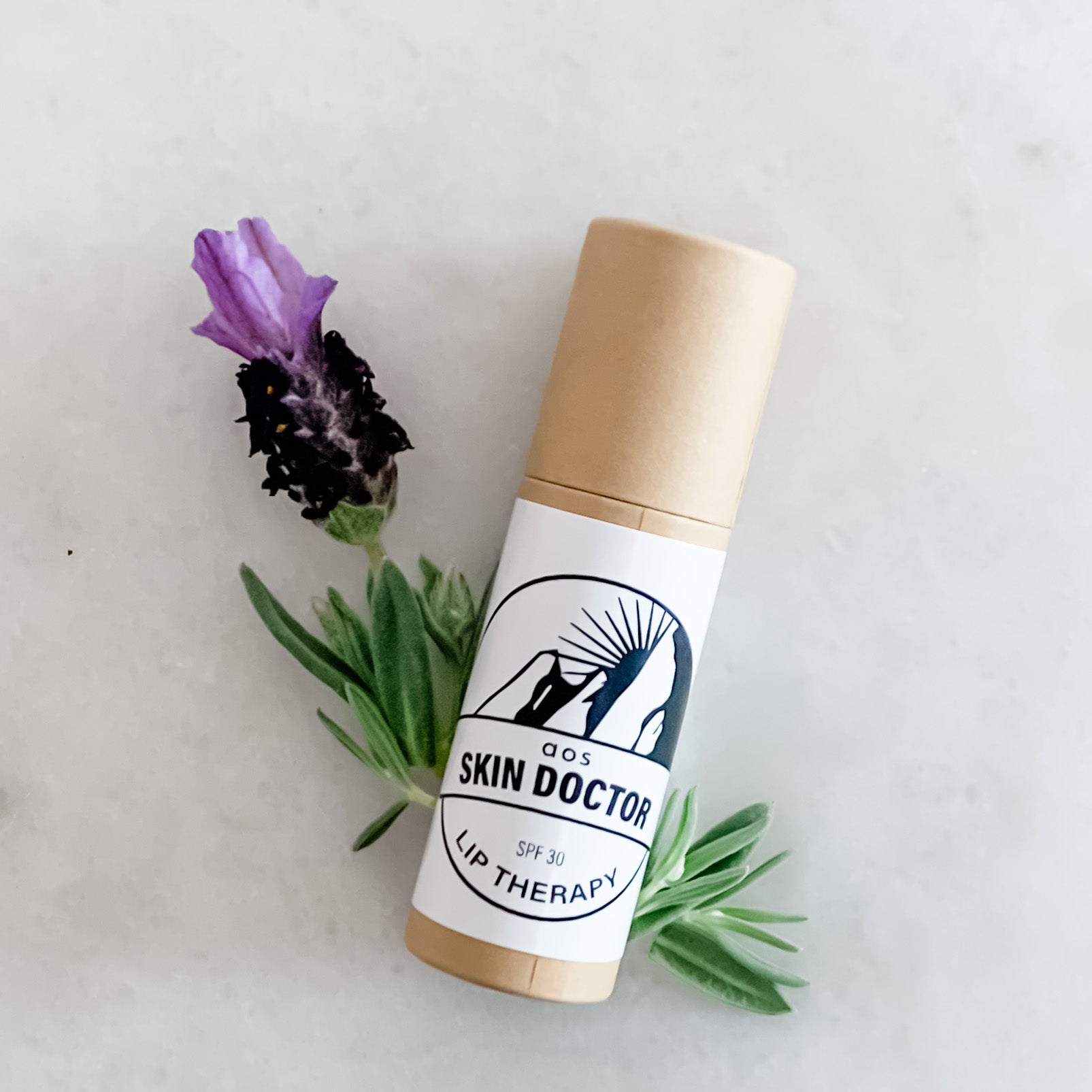

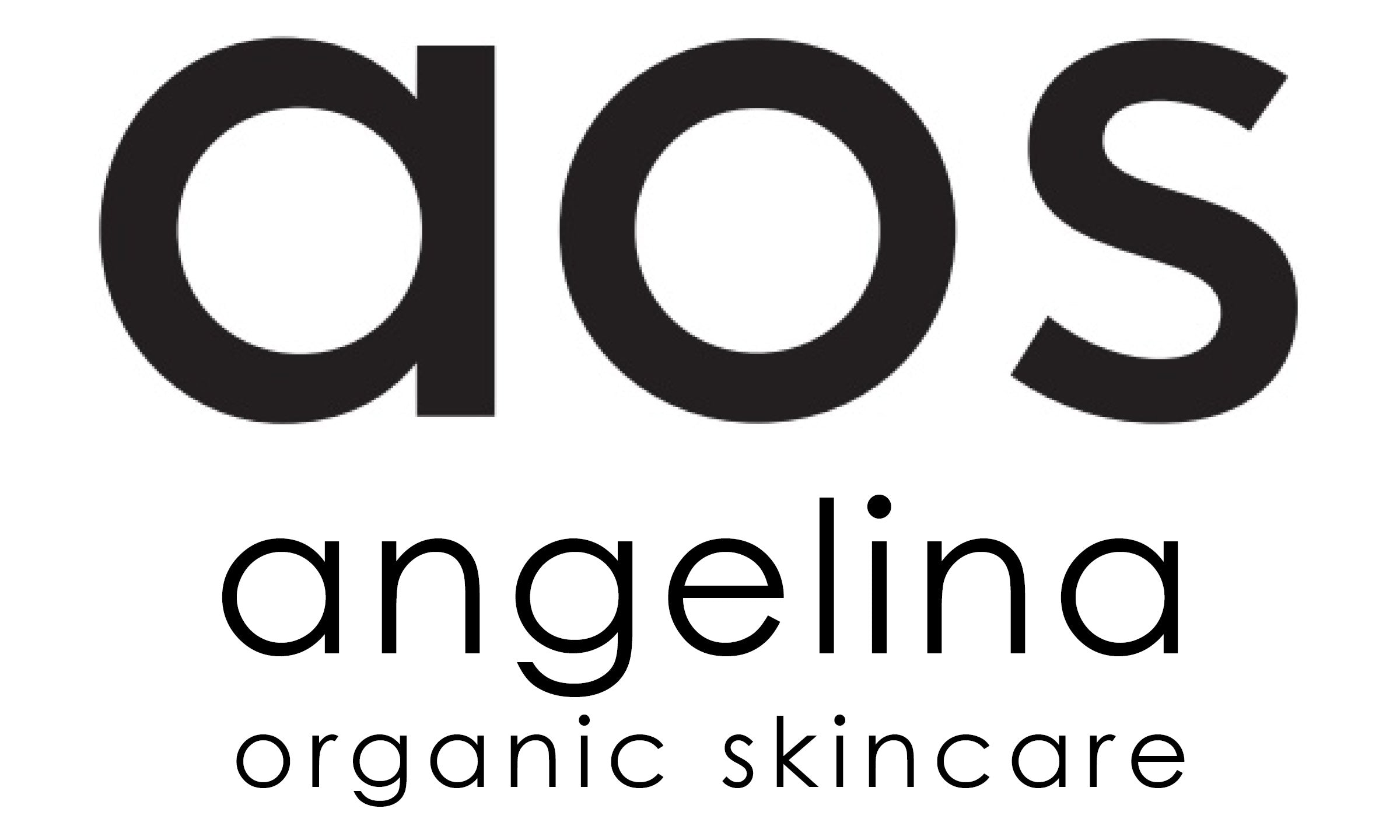
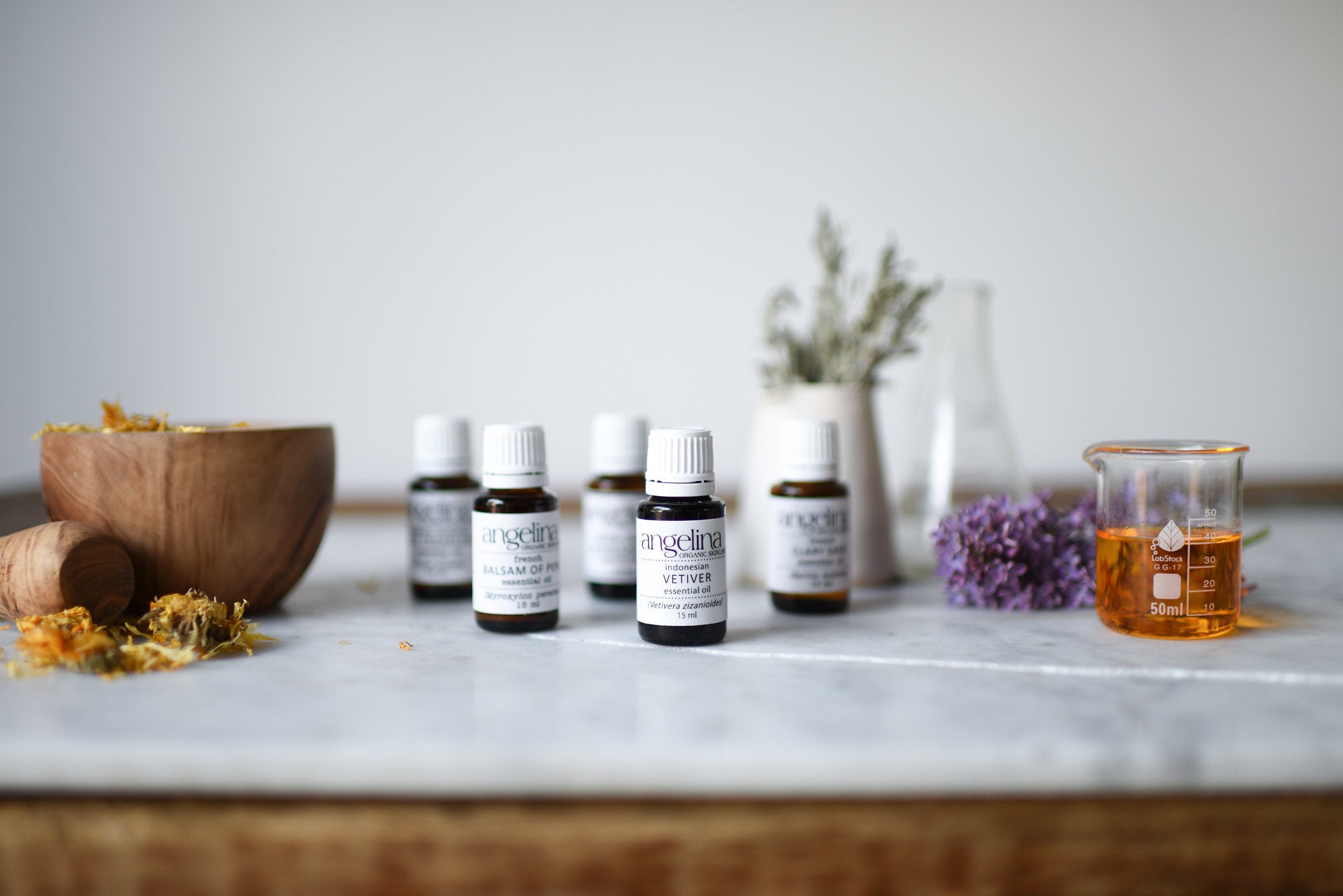




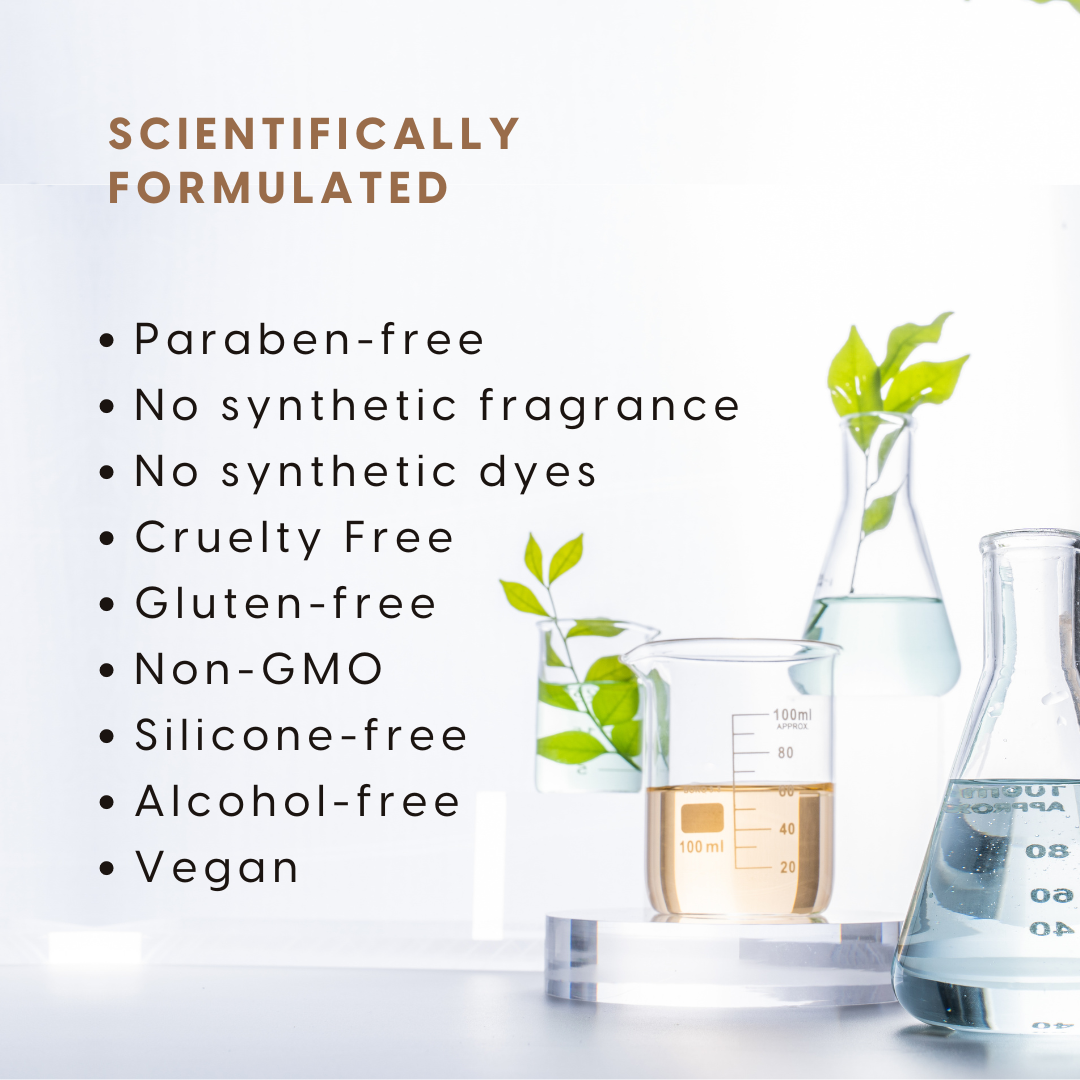















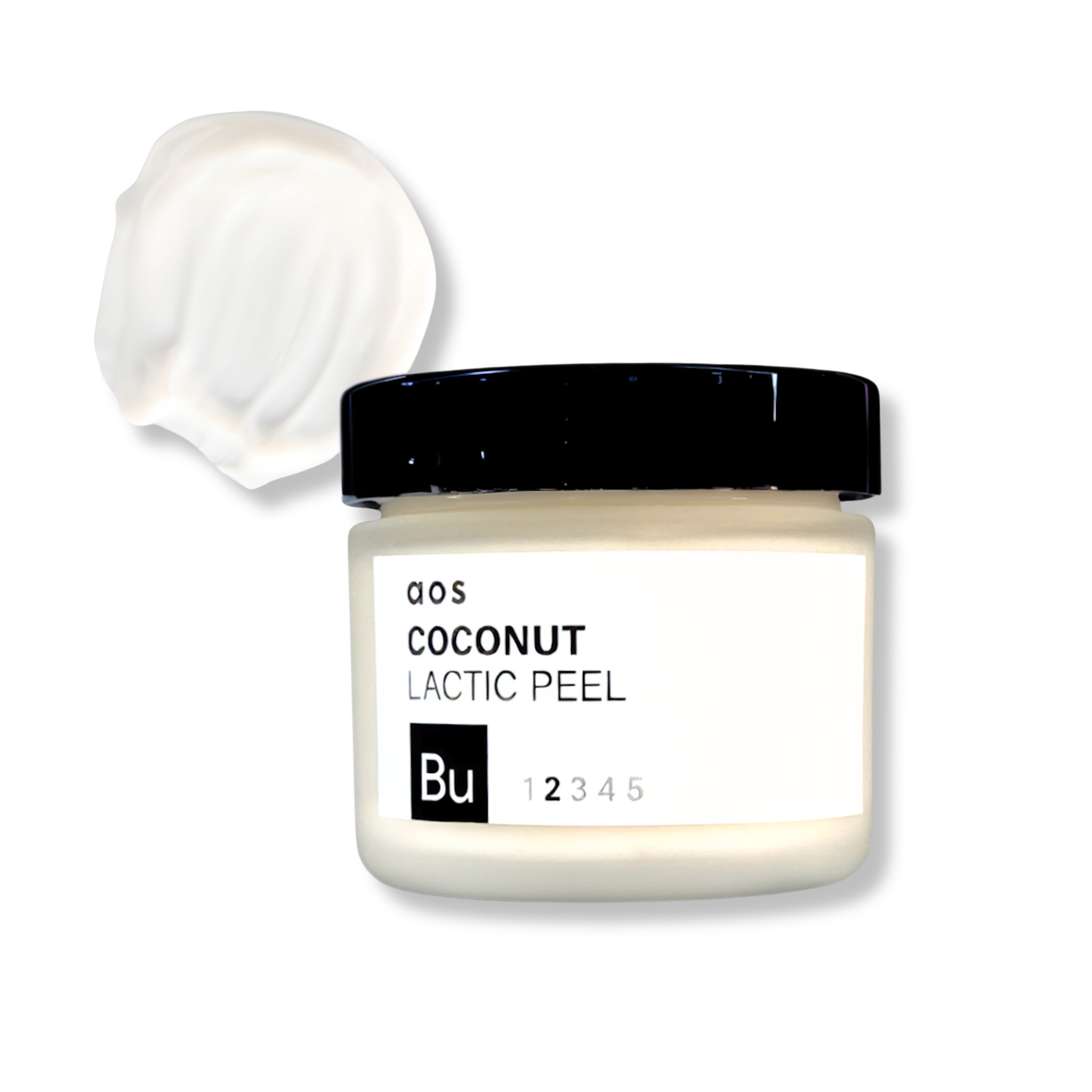


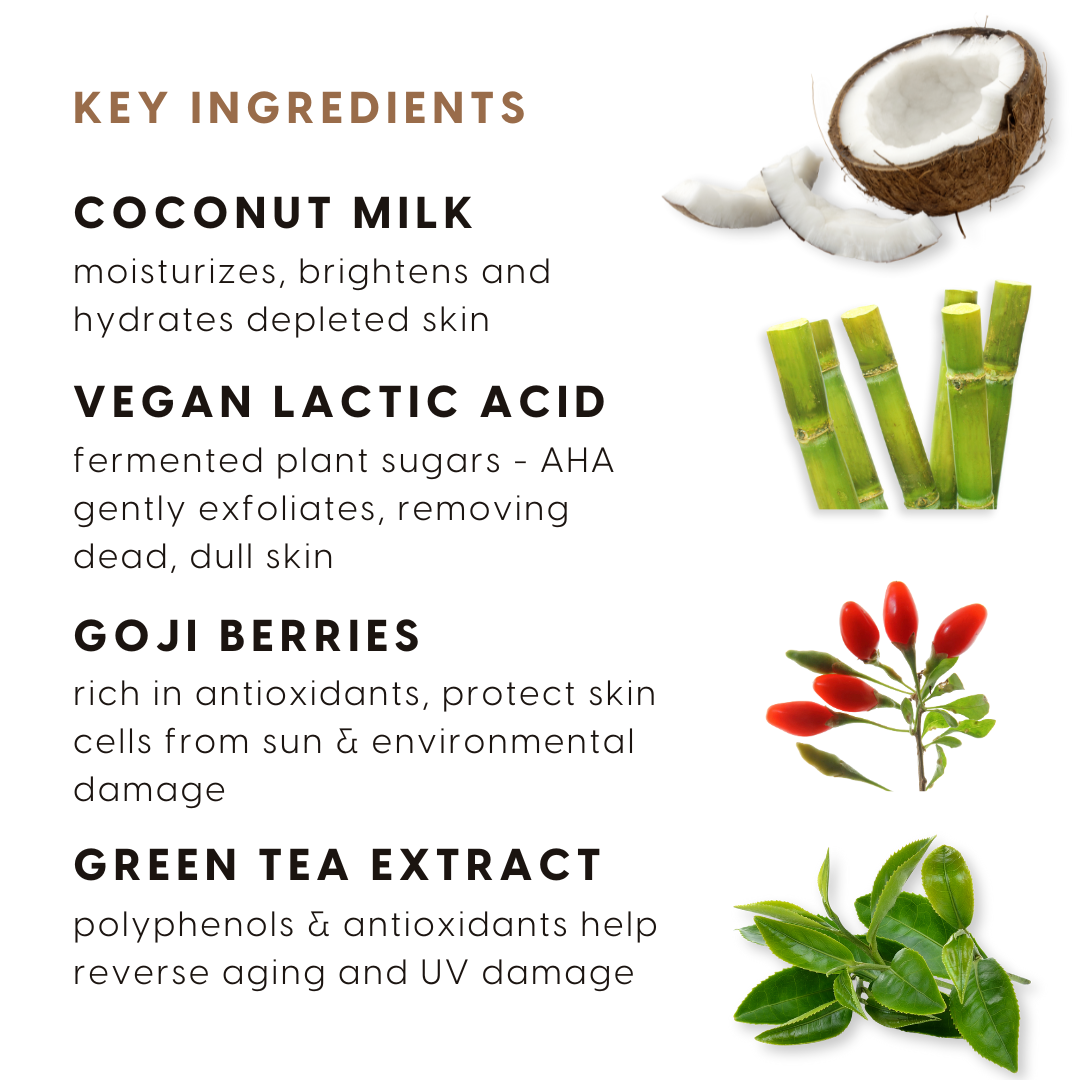
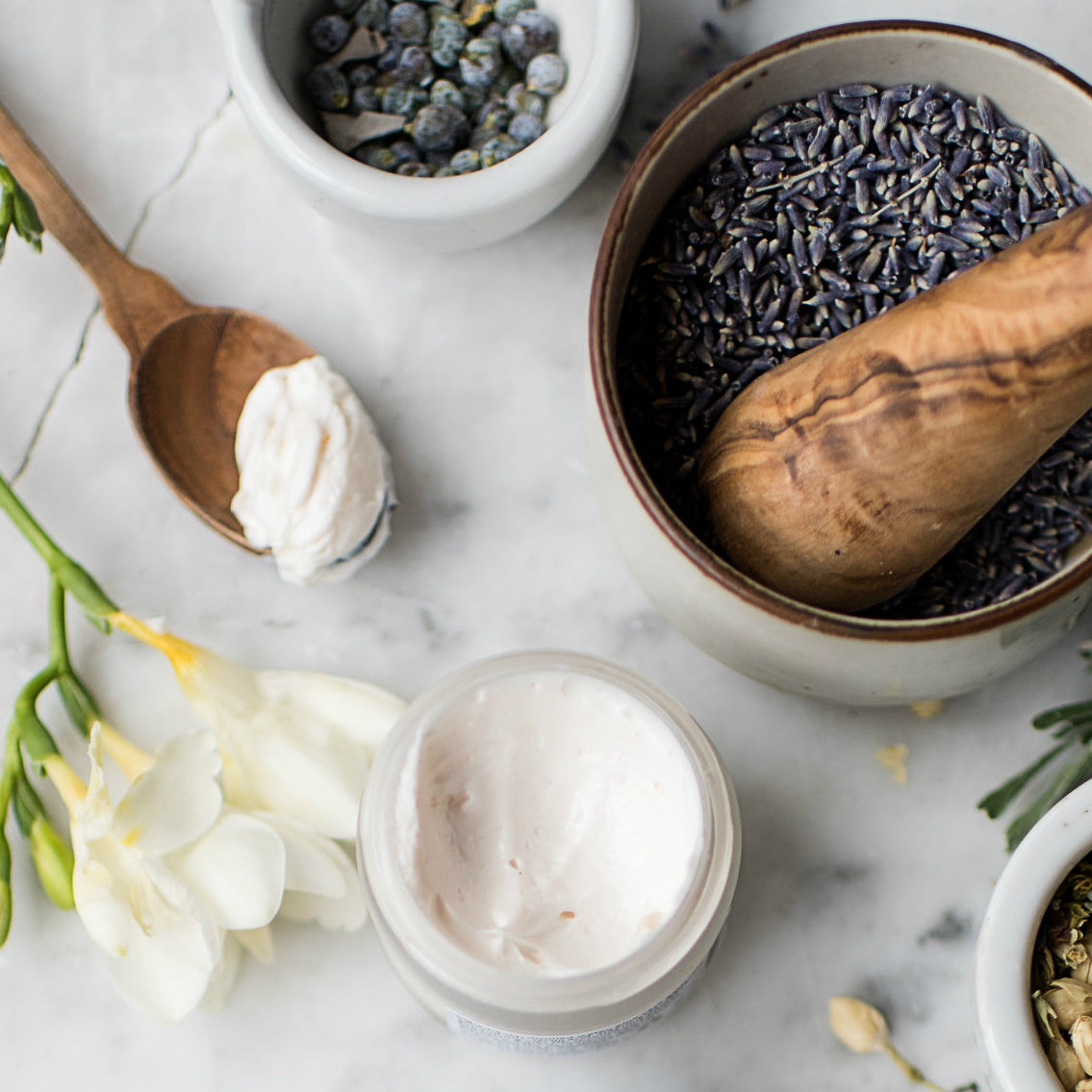












Share and get 15% off!
Simply share this product on one of the following social networks and you will unlock 15% off!